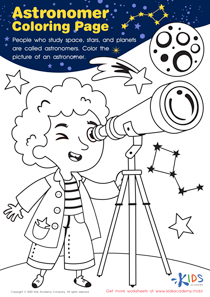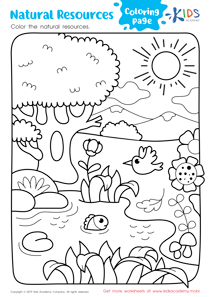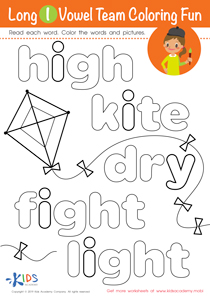Normal Difficulty Vocabulary Coloring Pages for Grade 1
5 filtered results
-
From - To
Introduce your young learners to the enchanting world of words with our captivating Vocabulary Coloring Pages! Specifically designed for Grade 1 students, these worksheets stimulate their literacy skills while having fun with colors. Each page exposes children to a variety of normal vocabulary words, fostering their reading and comprehension abilities. As children express their creativity through coloring, they simultaneously reinforce important vocabulary skills. With these engaging coloring pages, vocabulary building becomes an exciting adventure, igniting a lifelong love for words in your little ones. Watch their imagination flourish as they embark on this educational journey!
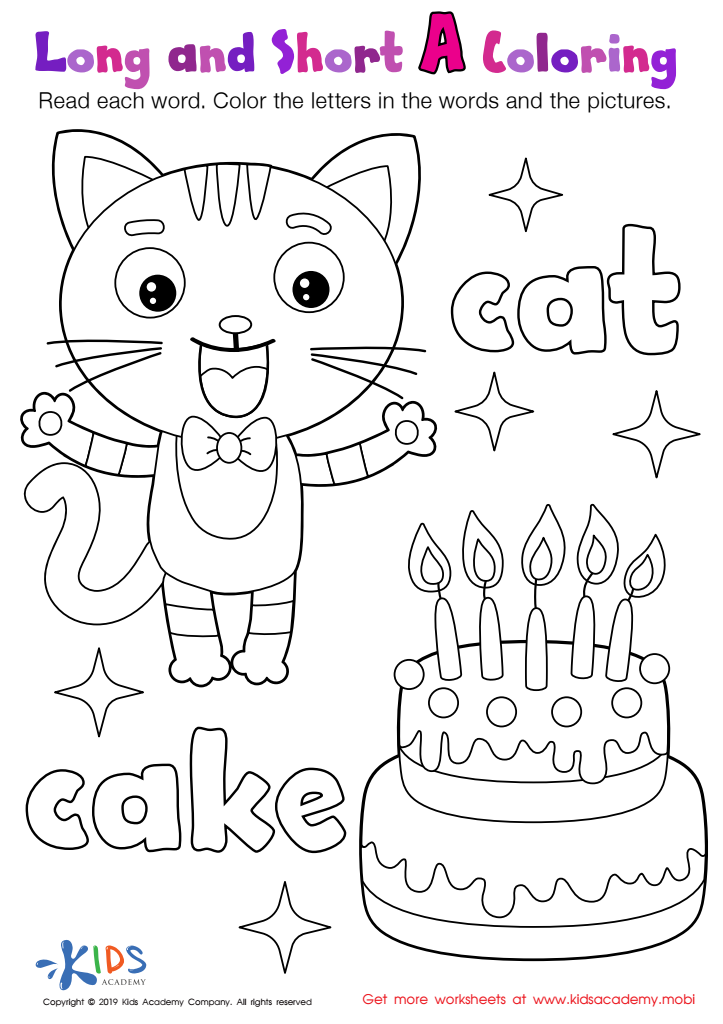

Long and Short A Worksheet
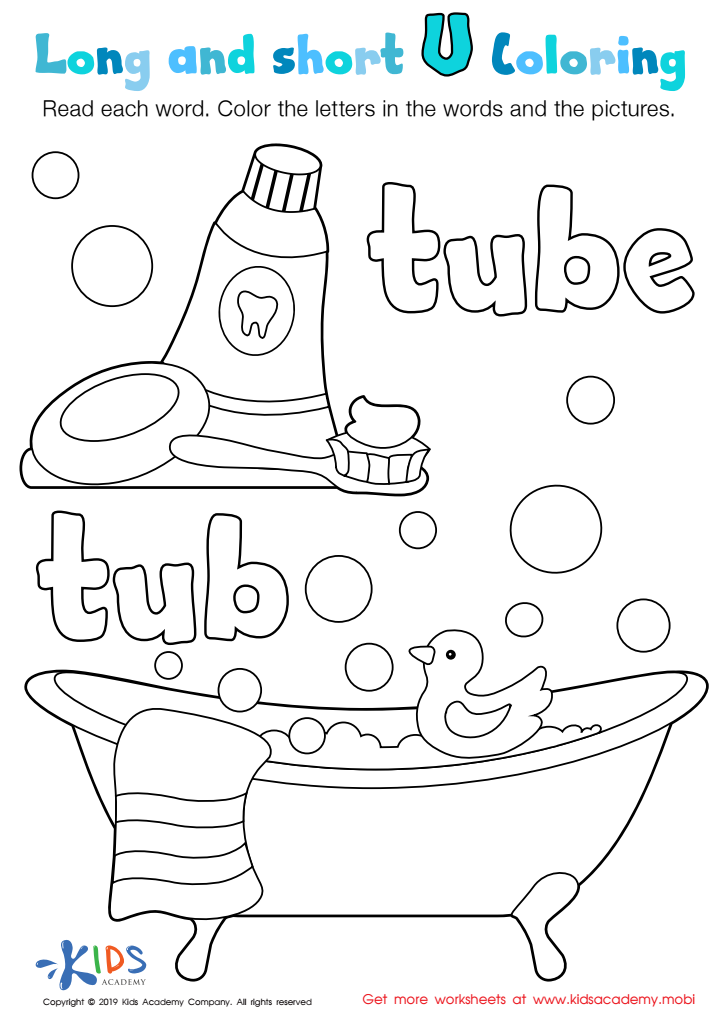

Long and Short U Worksheet
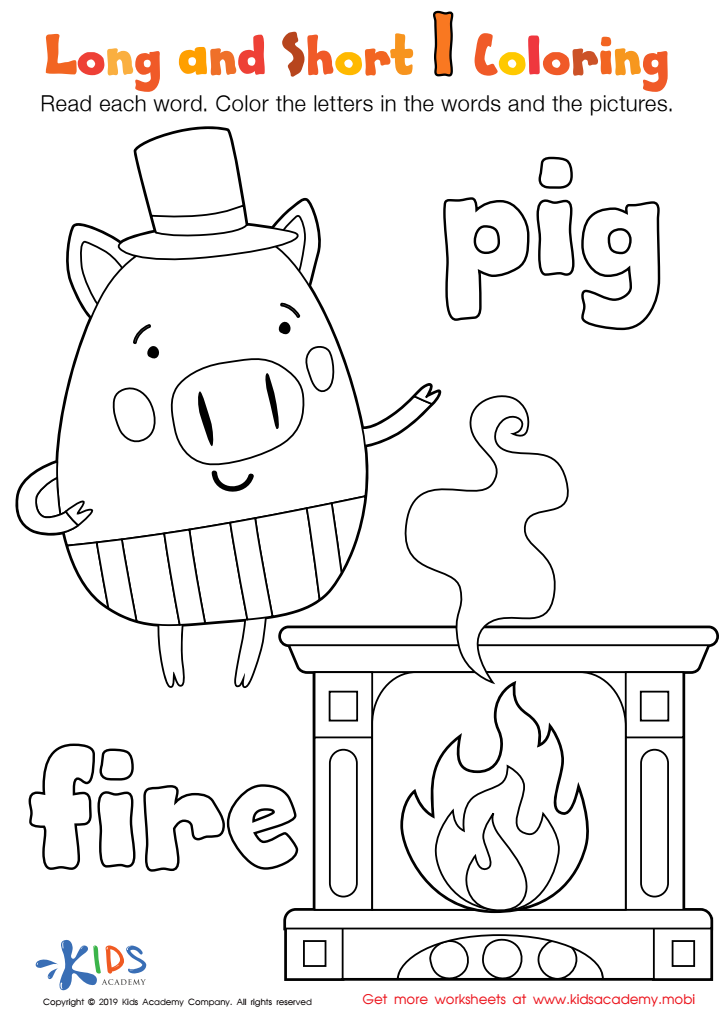

Long and Short I Worksheet
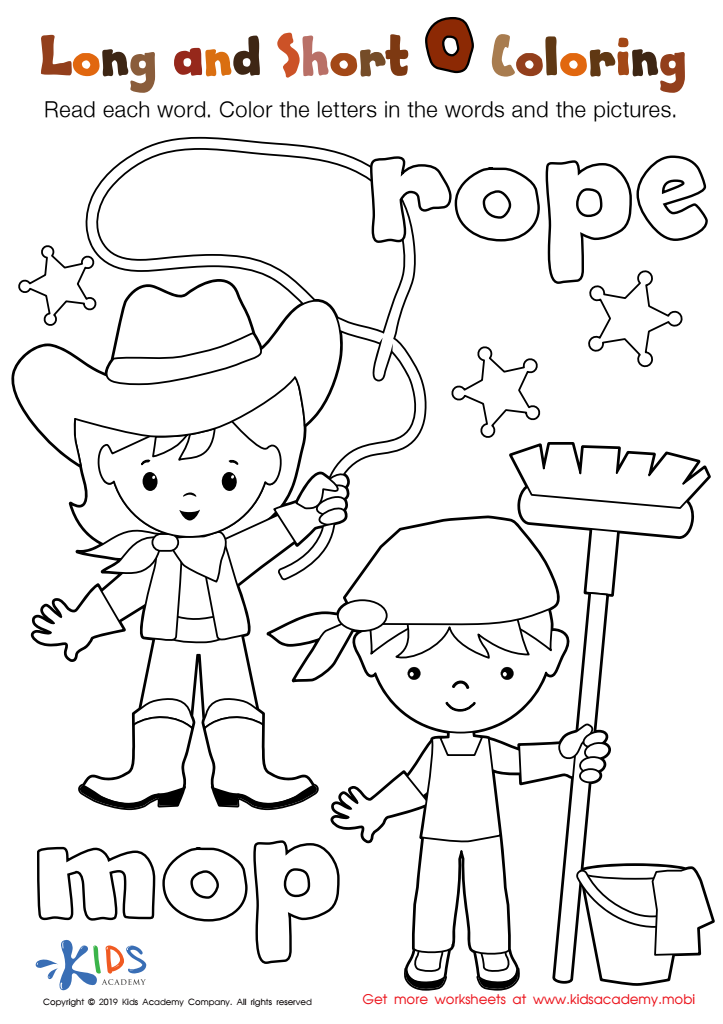

Long and Short O Worksheet
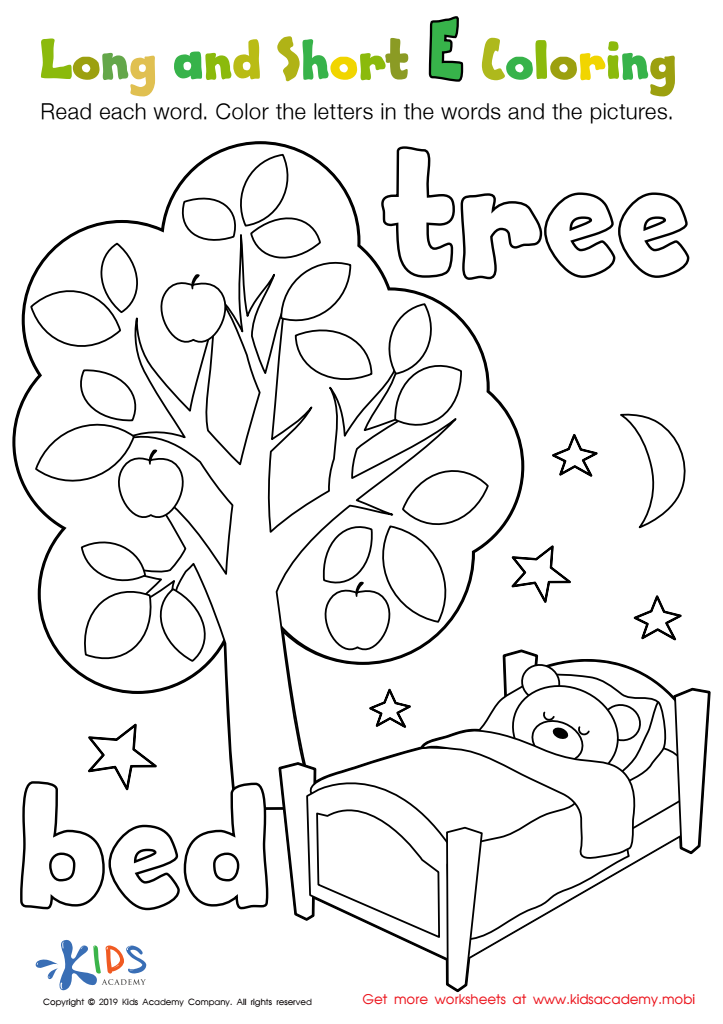

Long and Short E Worksheet
Vocabulary coloring pages for Grade 1 students offer a valuable learning tool that combines visual engagement and language development in a fun and interactive way. These Normal Difficulty worksheets are specifically designed to help young learners build their vocabulary skills while allowing them to express their creativity through coloring activities.
One of the key benefits of vocabulary coloring pages is that they make learning enjoyable and engaging for children. Rather than simply memorizing words from a list or a textbook, students can actively participate in the learning process. By incorporating colors and images into their vocabulary practice, children are more likely to retain the information and associate the words with visual cues.
Furthermore, vocabulary coloring pages provide an opportunity for students to develop their fine motor skills. As they carefully color in the pages, they are strengthening the muscles in their fingers and hands, enhancing their dexterity and control. This motor skill development contributes not only to their writing abilities but also to overall coordination and hand-eye coordination, which are essential for various other activities throughout their lives.
Another advantage of these worksheets is that they encourage creativity and self-expression. Students have the freedom to choose colors and add personal touches to their creations, allowing them to develop a sense of ownership over their work. This active participation empowers students, boosts their confidence, and nurtures their artistic talents.
Moreover, vocabulary coloring pages can help foster a positive attitude toward learning. The appealing designs and engaging activities make children excited about exploring new words and concepts. This enthusiasm for learning at an early age has a lasting impact on their education journey, as it builds a solid foundation for continuous growth and development.
In addition to vocabulary acquisition, these worksheets also facilitate language comprehension and reinforcement. Each coloring page typically includes various objects or scenes, accompanied by the corresponding words for them. By coloring in these illustrations while reading and pronouncing the words out loud, students reinforce their understanding of the word-meaning associations. This multisensory approach to learning increases their chances of retaining the knowledge in their long-term memory.
Furthermore, vocabulary coloring pages can support collaborative learning. Teachers can organize group activities where students work together to color and discuss the words on the page. This teamwork not only strengthens their social skills but also encourages peer teaching and learning from one another.
Lastly, vocabulary coloring pages can be customized and tailored to suit the specific needs of Grade 1 students. Teachers can create worksheets that align with their lesson plans and curriculum, ensuring that the vocabulary introduced in the coloring pages corresponds to the topics being taught in the classroom.

 Assign to the classroom
Assign to the classroom


